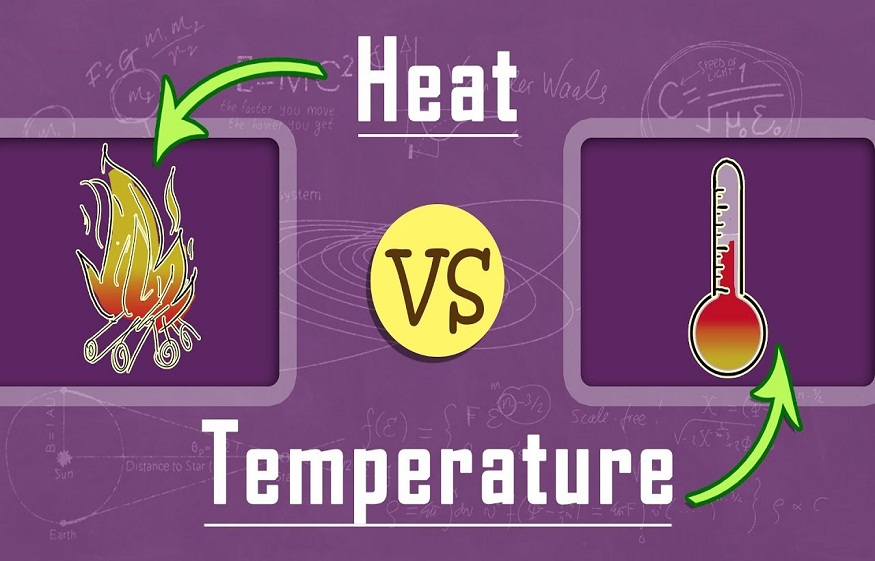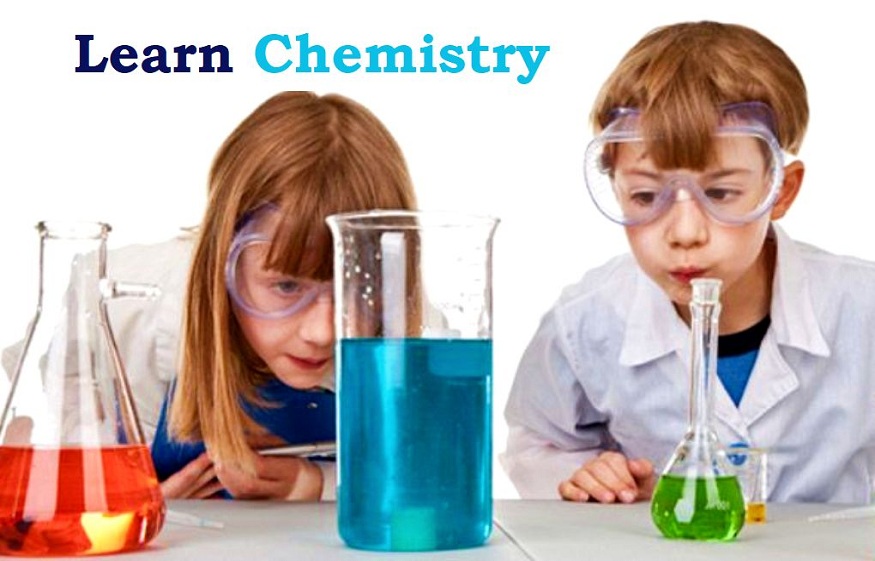We know that Physics is a vast branch of science that also deals with many fundamental concepts like heat, temperature, light, electricity, atmosphere, air, specific heat, atomic mass, heat capacity, electronic components, and many more. Optics is the branch of physics that deals with light; likewise, thermodynamics is the branch of physics that helps to study heat, work, temperature, and their relation to energy, radiation, and physical properties of matter.
In this session, let us know in detail about thermodynamics along with some information about the Dulong petit law. Thermodynamics is a macroscopic science that deals with the bulk system and does not deal with the molecular constitution of matter. It also deals with the transfer of energy from one place to another and from one form to another.
Branches of Thermodynamics
Thermodynamics is classified into four branches:
- Chemical Thermodynamics
- Classical Thermodynamics
- Equilibrium Thermodynamics
- Statistical Thermodynamics
Chemical thermodynamics is the study of chemical reactions with the interrelation of heat and work as per the laws of thermodynamics. Equilibrium thermodynamics is the study of transformations of energy and matter as they approach the state of equilibrium. Classical thermodynamics helps to calculate other properties and predict the characteristics of the matter undergoing the process. Properties of every molecule and how they interact are studied to analyse the behaviour of a group of molecules. Statistical Thermodynamics uses molecular properties to predict the behaviour of macroscopic quantities of compounds.
A specific portion of matter featuring a definite boundary is termed a thermodynamic system. A thermodynamic system is of three types:
- Isolated System
- Closed System
- Open System
The thermodynamic process is classified into:
- Adiabatic Process
- Isochoric Process
- Isobaric Process
- Isothermal Process
A process where heat transfer takes place in or out of the system is known as the adiabatic process. A process where there is nil change in volume and the system does no work is classified as the isochoric process. A process where nil change in pressure takes place is classified as the isobaric process. A thermodynamic process where nil change in temperature takes place is classified as the isothermal process.
Thermal equilibrium is achieved when the temperature of the system remains constant. When there is no change in pressure at any point of the system, the system is said to have achieved mechanical equilibrium. The system is said to have achieved chemical equilibrium when there is no change in the chemical composition with respect to time. Consider a two-phase system; when the mass of each phase reaches an equilibrium level, it is said to be in phase equilibrium.
For all gases and vapours to approach ideal gas behaviour, they need low pressure and low density.
Enthalpy gives the measurement of energy in a thermodynamic system. Enthalpy is given by the formula: H = E + PV
Entropy depends on the physical state or condition of a system. The quantitative measures of the stored energy in a system is given by the thermodynamic potentials. It gives the measure of how many possible arrangements the atoms a system can have.
Specific Heat and Atomic Mass
The amount of heat needed to increase the temperature of one gram substance by one Celsius degree gives the measure of specific heat. Calories or joules per gram per Celsius degree are the units of specific heat. Let us know about a Dulong Petit law which gives the relationship between the specific heat and atomic mass of the given material.
It states that the product of specific heat and atomic mass of an element is always constant. Dulong Petit law is given by the formula:
c*M=k
Where,
C = specific heat capacity
M = molar mass
k = constant
This law was developed by Pierre-Louis Dulong






